Maha Shivaratri: The Greatest Night of Shiva
When darkness falls on Maha Shivaratri, devotees around the world stay awake with Shiva. This is not just another festival—it draws people from cities, villages, and mountain regions alike to honor Lord Shiva throughout the night until sunrise. During the festival, temples and sacred sites transform into centers of devotion. Thousands of devotees gather, ash-covered […]

-
Bold Himalaya
-
12 October, 2025
-
14 mins read
-
117 Views
-
0 Comments
Experience Maha Shivaratri in Nepal, the Great Night of Shiva. Witness thousands of devotees, ash-covered sadhus, and night-long prayers at Pashupatinath Temple on February 15, 2026. Discover Nepal’s most intense spiritual festival, its rituals, legends, and breathtaking cultural sights.
When darkness falls on Maha Shivaratri, devotees around the world stay awake with Shiva. This is not just another festival—it draws people from cities, villages, and mountain regions alike to honor Lord Shiva throughout the night until sunrise.
During the festival, temples and sacred sites transform into centers of devotion. Thousands of devotees gather, ash-covered sadhus set up camps, smoke from sacred fires fills the air, and continuous chanting resonates from sunset until dawn.
Quick Festival Facts
- What It Means: "The Great Night of Shiva"
- How Long: Sunset to sunrise (roughly 12 hours)
- Main Thing: Fasting and staying awake all night
- Crowd Size: 100,000+ just at Pashupatinath
- Where Celebrated: Across India, Sri Lanka, Nepal, and Hindu communities worldwide
- Good For: Photos, culture deep-dive, spiritual observation
- February Weather: Chilly nights (5-10°C), pleasant days (15-20°C)
- Hotel Tip: Book 2-3 months early or forget it
What is Maha Shivaratri and Its Spiritual Meaning
Maha Shivaratri, meaning “The Great Night of Lord Shiva,” is one of the most sacred Hindu festivals, celebrated across India, Sri Lanka, Nepal, and Hindu communities worldwide. It honors Lord Shiva, the god of destruction and transformation, who maintains the balance of the universe through creation, preservation, and dissolution.
Unlike many Hindu festivals filled with colors and feasts, Maha Shivaratri is a night of fasting, meditation, and devotion. Devotees remain awake throughout the night to honor Shiva’s power and presence—a symbolic reminder that even in darkness, there is light and consciousness.

On this night, temples and sacred sites across the world transform into centers of spiritual energy. Devotees gather at renowned temples such as Pashupatinath, Kedarnath, and other Shiva shrines to chant mantras, perform rituals, offer prayers, and meditate, deepening their connection to faith, discipline, and the cosmic power of Shiva.
Why Maha Shivaratri is Celebrated
According to Hindu mythology, several legends are linked to Maha Shivaratri:
- The Cosmic Dance of Shiva (Tandava):
It is said that Lord Shiva performed his sacred cosmic dance — Tandava — on this night, symbolizing the cycle of creation, preservation, and destruction. - The Wedding of Shiva and Parvati:
Maha Shivaratri is also believed to be the night when Lord Shiva married Goddess Parvati, uniting the divine masculine and feminine energies of the universe. - The Churning of the Ocean (Samudra Manthan):
During the great churning of the cosmic ocean, a deadly poison (Halahal) emerged. To save the world, Lord Shiva drank the poison, holding it in his throat, which turned blue, earning him the name Neelkantha.
Devotees celebrate Maha Shivaratri to honor this act of supreme sacrifice.
Understanding the Name and Meaning
Break "Maha Shivaratri" into pieces, and it loses mystery. "Maha" simply means great. "Shiva" names the Hindu god of destruction and transformation. "Ratri" translates to night. Put them together: Shiva's great night.
But these three words carry weight beyond translation. This night marks when Shiva drank the deadliest poison in existence to save the universe. According to Hindu mythology, during the churning of the cosmic ocean, a poison called Halahala emerged that threatened all creation.
Gods panicked. Demons fled. The universe started dissolving in toxic fumes. Shiva appeared and swallowed the entire ocean of poison. His wife, Parvati, grabbed his throat before it went down. The poison stayed trapped there permanently, turning his neck blue.
That's why devotees call him Neelkanth—the blue-throated one. The god who bears eternal suffering so the universe can exist.
Another tradition says Shivaratri celebrates Shiva's marriage to Parvati. The divine couple united on this night. Masculine and feminine cosmic energies joined together. Creation balanced itself through their union.
Both stories get told during the festival. Both matter to believers. Shiva, the protector. Shiva, the husband. Shiva, the force that destroys to create anew.
The Story of the Cosmic Ocean
The full mythology deserves telling. Gods and demons wanted immortality badly. They formed an unlikely alliance to churn the cosmic ocean for the nectar of eternal life.
Mount Mandara and Vasuki
Mount Mandara became their churning rod. The snake king Vasuki wrapped himself around the mountain as a rope. Gods grabbed one end. Demons pulled the other. They churned for thousands of years, determined to obtain divine treasures.
Treasures and Divine Gifts
As the ocean churned, countless treasures emerged: Lakshmi, goddess of wealth, appeared sitting on a lotus. The divine physician emerged carrying a pot of nectar. The wish-fulfilling cow surfaced. Celestial dancers rose from the waters. The moon floated up. Treasures beyond counting materialized.
The Emergence of Halahala Poison
Then catastrophe struck. The churning released Halahala, the ultimate poison. Its mere smell killed living things. Its vapors dissolved matter. Gods and demons abandoned their churning and ran for their lives.
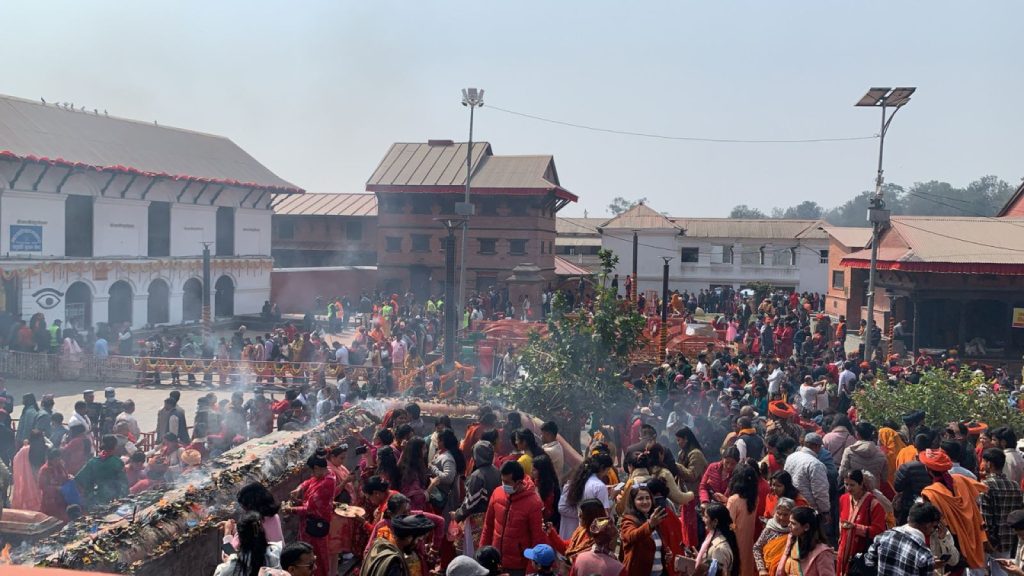
Shiva’s Sacrifice and Neelkanth
Hearing the desperate prayers across creation, Shiva consumed the entire ocean of poison in a single swallow. Parvati acted instantly, clamping his throat so the poison could not descend. The poison remained trapped in his neck, turning it blue, earning him the name Neelkanth. Through this supreme sacrifice, Shiva protected the universe from destruction.
Devotional Practices During Maha Shivaratri
- Sadhus: Ascetic holy men covered in ash, often practicing extreme meditation or yoga, gather at temples to inspire devotees. Some smoke marijuana as part of a ritual, which is a cultural religious practice.
- Night-long Vigil: Devotees stay awake through the night, chanting mantras and meditating.
- Fasting: Some abstain from all food and water; others consume only milk or water to maintain strength.
- Temple Offerings: Bilva leaves, milk, honey, yogurt, and ghee are offered to Shiva lingams.
- Midnight Worship: The most auspicious time, Nishita Kaal Puja, typically occurs around midnight.
When and How Celebrations Unfold
Shivaratri falls on the 14th day of the waning moon in Phalgun month. The lunar calendar means dates shift annually.
Unlike most Hindu festivals that celebrate with sweets and feasts, Maha Shivaratri calls for fasting and meditation. The approach is austere. Pleasure gets replaced by discipline. Indulgence gives way to restraint.
Devotees rise before dawn on Shivaratri. They head to sacred rivers for purification baths. The Bagmati River near Pashupatinath fills with thousands of people bathing in cold mountain water. Ritual cleansing prepares them for the day ahead.
Food becomes taboo. Serious practitioners eat nothing until the next morning. Some drink water or milk to maintain strength. The most dedicated abstain completely from all consumption. Physical hunger sharpens spiritual focus.

Temples open their gates in the pre-dawn hours. Bells ring continuously as priests perform elaborate pujas, and devotees offer sacred items such as bilva leaves, milk, honey, yogurt, and ghee over Shiva lingams. Each offering carries a symbolic meaning connected to devotion and spiritual growth.
The most auspicious time for worship is at midnight, known as Nishita Kaal Puja, typically lasting around 50 minutes. Prayers offered during this period are believed to reach Lord Shiva directly.
The entire night is divided into four periods called Prahars. Each Prahar demands specific rituals and offerings. Committed devotees complete all four without sleep. They maintain consciousness and focus from dusk until sunrise.
Sadhus During Maha Shivaratri
Sadhus make Shivaratri unforgettable. These wandering holy men descend on Pashupatinath from across Nepal and India. They emerge from caves high in the Himalayas. They walk from remote Indian ashrams. They appear from forests where they've lived in isolation for years.
Their appearance shocks newcomers. Some wear saffron robes. Many wear nothing but ash. They smear vibhuti (sacred ash) over their entire bodies until the skin disappears under a gray coating. Their hair grows in massive dreadlocks that reach their waists or trail on the ground.
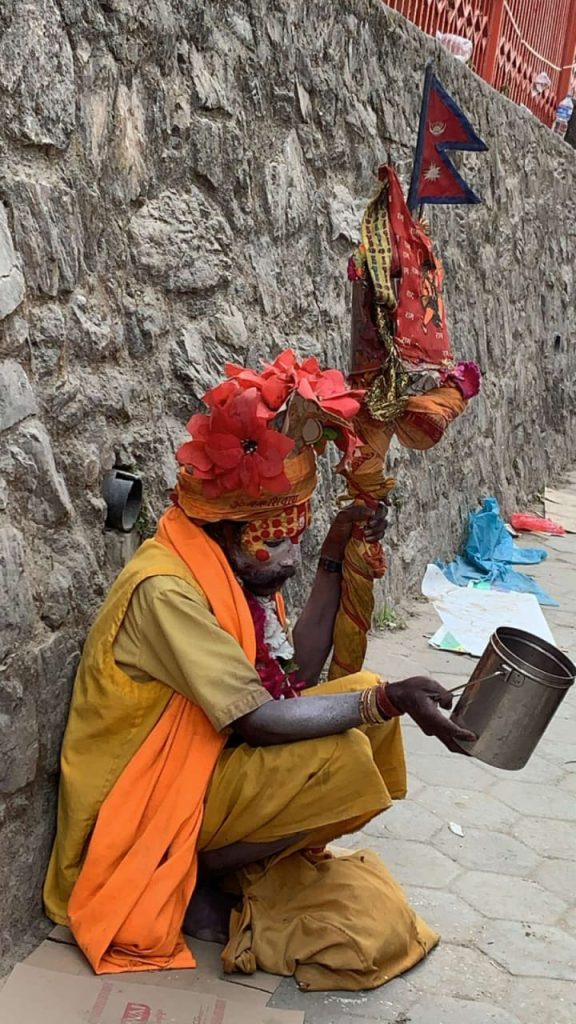
Sadhus carry Shiva's trident. They paint elaborate tilaks on their foreheads. Some pierce their tongues with skewers. Others demonstrate extreme yoga poses. They perform intense meditation while crowds swirl around them.
Marijuana smoking happens openly during Shivaratri. Sadhus consider it Shiva's blessing. They constantly smoke chillums (clay pipes). They offer hits to other devotees. They pass pipes to curious tourists. For this one night, marijuana becomes a religious sacrament rather than an illegal drug.
The situation is complicated. Police presence increases during the festival, and while sadhus smoking within temple grounds are largely tolerated as part of religious tradition, authorities do discourage drug use and may warn tourists. The tolerance is more cultural than legal—don't mistake it for blanket permission. Marijuana possession and use remain illegal the other 364 days of the year.
Some sadhus welcome photography. Others meditate too deeply to notice cameras. A few get angry when photographed. Always ask permission first. Many sadhus expect payment for posed photos. Respect their boundaries and their livelihood.
When Maha Shivaratri is Celebrated
Maha Shivaratri is celebrated every year on the 14th day of the waning moon in the Hindu month of Phalgun (usually February or early March). The date changes annually based on the lunar calendar.
Best Places to Experience Maha Shivaratri in Nepal
The heart of the celebration beats strongest in Kathmandu Valley, but it’s honored throughout the country.
Pashupatinath Temple, Kathmandu:
The undisputed center of everything. This UNESCO World Heritage Site becomes the focal point for Shivaratri, with thousands of devotees and sadhus gathering for intense celebrations. The energy exceeds description. You must experience it personally.
The complex spreads along both banks of the Bagmati River. Multiple shrines occupy the grounds. Cremation ghats operate continuously during the festival. Sacred rituals happen next to funeral pyres. Life and death occupy the same space.

Non-Hindus cannot enter the main temple structure. Guards enforce this rule strictly. But you can observe ceremonies from viewing platforms. You can watch from across the river. You can explore sadhu camps and smaller shrines. The restriction doesn't significantly limit the experience.
Gokarneshwor Mahadev Temple:
Located near the Bagmati River, this peaceful temple hosts significant rituals and gatherings during Shivaratri. Crowds are smaller than at Pashupatinath, but devotion runs equally deep. Mostly locals worship here. Tourist presence is minimal. The atmosphere feels authentic and intimate.
Doleshwor Mahadev:
This temple claims a mystical connection to India's Kedarnath shrine. Believers say visiting here completes the Kedarnath pilgrimage circuit. The drive from Kathmandu takes three hours through scenic countryside. A rural setting provides a peaceful alternative to city temples.
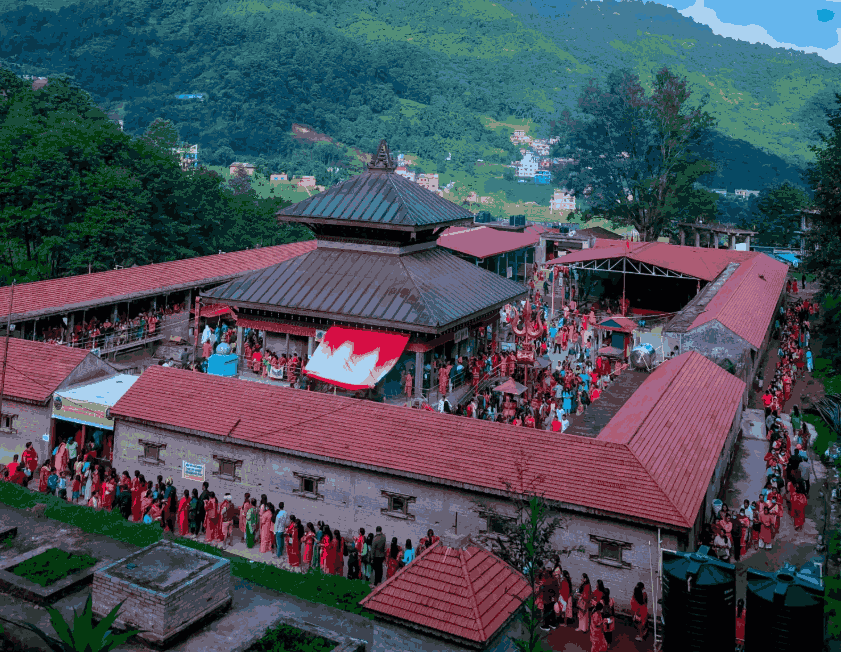
Beyond Kathmandu—The Festival Across Nepal:
Shivaratri doesn't belong to Kathmandu alone. Drive three hours in any direction and you'll find the same devotion playing out differently. Pokhara's lakeside temples fill up while the Annapurna peaks watch. Mountain villages light bonfires outside shrines that predate anyone's memory. Rural families walk half a day to reach their nearest temple.
Small-town Shivaratri hits differently than the capital's chaos. You might be the only outsider there. Village families sometimes gesture for you to join their space at the temple. Same rituals—fasting, night-long prayers, pouring milk over stones—just fewer bodies pressing against you.
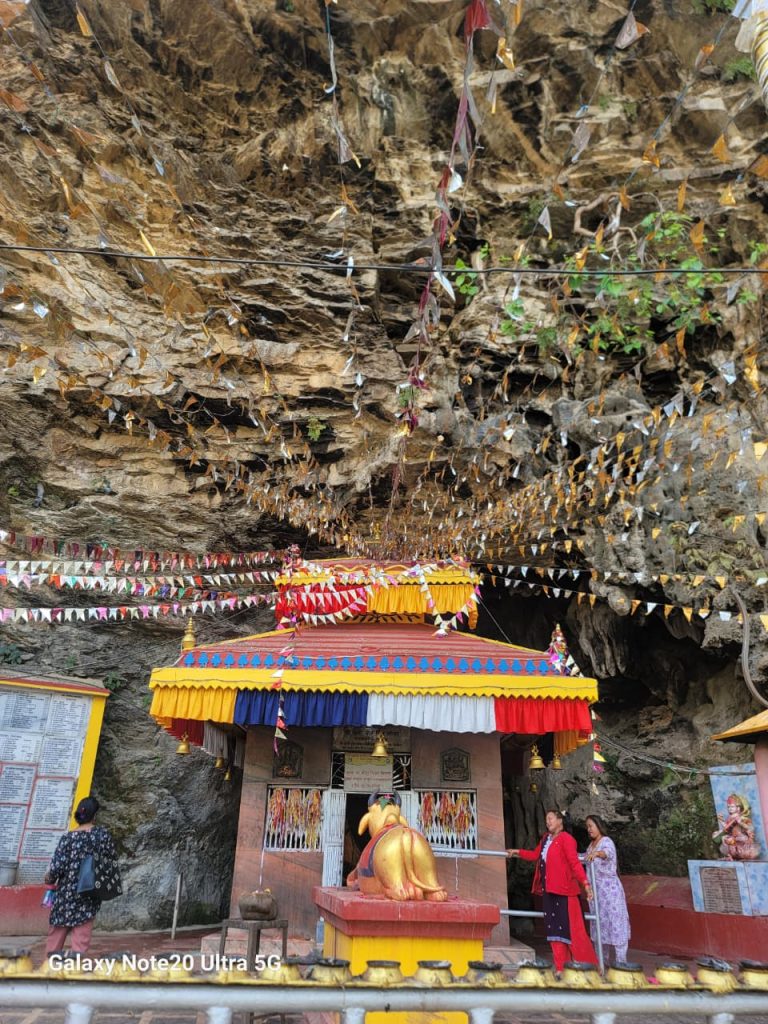
Down in the Terai near India, communities blend their own flavors into the tradition. Hill tribes do the same. Even those impossible-to-reach Himalayan villages observe it at freezing altitude shrines.
That's the thing about Shivaratri. It's woven into Nepal top to bottom, border to border.
Local Shiva temples everywhere:
Holy rituals are performed at temples throughout Nepal during Shivaratri. Neighborhood shrines celebrate with full sincerity. Village temples maintain ancient traditions. You'll find genuine devotion without tourist infrastructure or crowds.
Travel Tips for Visitors During Maha Shivaratri
Dress Code: Dress conservatively at all temple sites. Cover shoulders and knees at a minimum. Many temples require head coverings for women. Remove shoes before entering sacred grounds. Leave leather goods outside. Guards enforce dress codes strictly during major festivals.
Photography: Photography rules vary by location. Some temples prohibit all cameras and phones. Others allow photography in courtyards but not inside shrines. Always ask permission before photographing anyone. Never shoot people praying without explicit consent.
The Marijuana Question: Yes, sadhus smoke openly. Yes, there's cultural tolerance for this religious practice. No, this doesn't mean Nepal legalizes drugs for tourists. Police do patrol and may intervene, especially with foreigners. Don't assume Shivaratri exceptions apply to you or other occasions. Marijuana remains illegal year-round.
Fasting: Fasting is optional for visitors. Nobody expects tourists to skip meals. But eating obviously near fasting devotees shows poor manners. If you need food, find restaurants away from temple zones. Be discreet about your consumption.
Crowds and Safety: Expect overwhelming crowds at Pashupatinath. Over 100,000 people visit on the main night. Lines stretch for blocks. Pushing and shoving happen constantly. Secure valuables carefully. Pickpockets work these crowds professionally. Keep phones in front pockets. Leave expensive jewelry at your hotel.
Accommodation: Book accommodations months ahead. Hotels near Pashupatinath fill. Prices double or triple during festival season. Budget guesthouses disappear first. Either reserve early or plan to stay far from temple areas.
Why You Should Experience Maha Shivaratri
Maha Shivaratri offers a profound spiritual and cultural experience. This is not a festival to simply observe—it is a night of genuine devotion, meditation, and discipline, practiced by millions of devotees across the world. The intensity of faith and dedication is palpable, providing a rare opportunity to witness centuries-old traditions in action.
The festival allows for a deep cultural immersion. You can observe sadhus and devotees maintaining night-long prayers and rituals, centuries-old Vedic practices continuing unchanged, and sacred ceremonies performed with unwavering devotion. Major Shiva temples, such as Kedarnath, Somnath, Pashupatinath, Lingaraja, and Chidambaram, become centers of vibrant spiritual activity during this night.
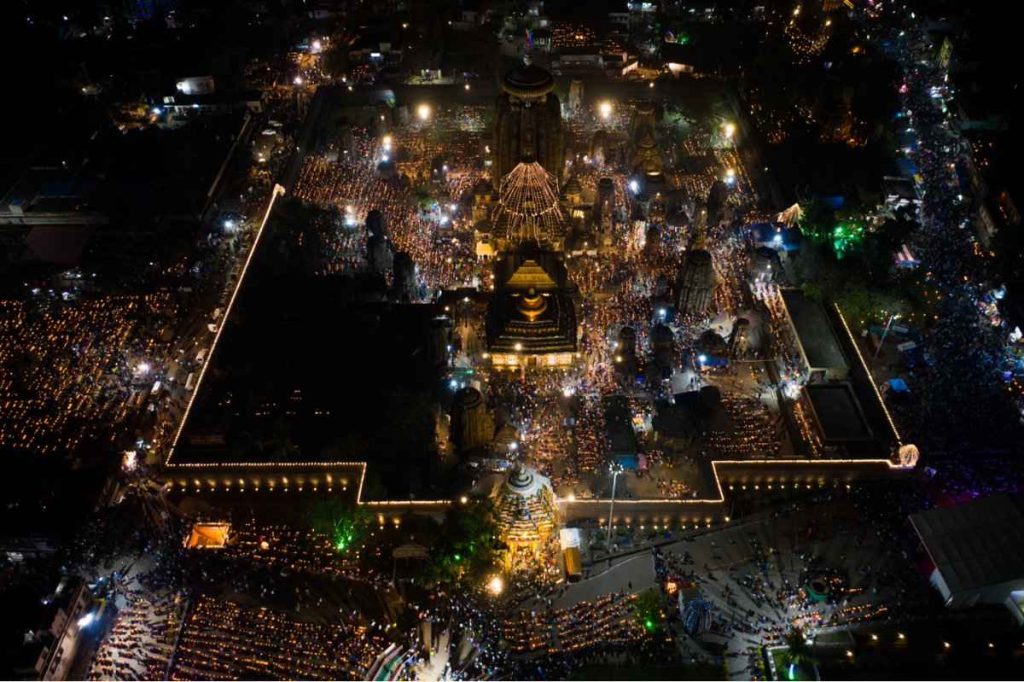
Photography opportunities are extraordinary for those interested in cultural documentation: ash-covered sadhus, fire rituals, offerings of holy powders, and temples illuminated by lamps and candles at dawn all create visually striking and meaningful scenes.
Maha Shivaratri is also a chance to connect with local communities and witness how devotion is expressed differently across regions and temples. Respectful observation opens doors to understanding, cultural exchange, and shared spiritual experiences.
Whether you visit urban temples or remote shrines, Maha Shivaratri offers a unique opportunity to engage with the spiritual essence of Shiva, providing inspiration, reflection, and a connection to timeless traditions.
Maha Shivaratri Celebrations Around the World
Maha Shivaratri is actually the “Great Night of Shiva and Hindus across the world celebrate it, and everything has got its local flavor. The Pashupatinath Temple in Kathmandu, Nepal, attracts a ton of pilgrims who sprinkle in the Bagmati River, continue the prayers throughout the night, and serve Lord Shiva.
In India, the big cities such as Varanasi, Ujjain, and Tamil Nadu host large gatherings, night-long chanting, fasting, and regional cultural performances like Bharatanatyam in Tamil Nadu. Along the northern and eastern provinces of Sri Lanka, Hindu communities observe fasting, temple rituals, and devotional singing, often with smaller processions.
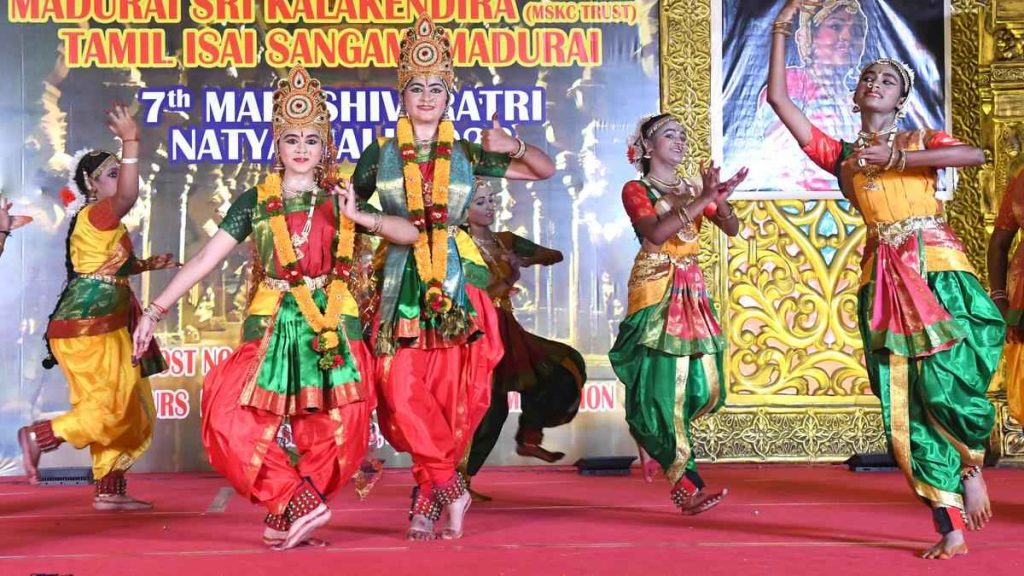
Among the Indian diaspora in Mauritius, Fiji, Trinidad & Tobago, and Guyana, celebrations include night vigils, temple pujas, and cultural programs to preserve traditional practices. In Western countries such as the USA, UK, Canada, and Australia, Maha Shivaratri is celebrated mainly in Hindu temples and community centers, with worship, bhajans, and fasting adapted to local schedules.
Your Shivaratri Journey
Maha Shivaratri is an intense spiritual experience. Devotees gather at temples and sacred sites, chanting mantras, performing rituals, and meditating throughout the night. The atmosphere is filled with incense, sacred fires, and continuous devotion.
This night offers a profound opportunity to witness faith practiced with complete sincerity. The energy of thousands of devotees, combined with the sacred rituals, creates a powerful spiritual vibration that highlights the depth of devotion to Lord Shiva.
Approach the experience with respect and mindfulness. Observe the traditions, appreciate the rituals, and be ready to absorb the spiritual significance without interfering.
Maha Shivaratri challenges and inspires, offering a glimpse into centuries-old practices of devotion, meditation, and discipline. The greatest night of Shiva awaits, inviting all to connect with consciousness, faith, and cosmic energy.
Comments (0)
Write a comment- Quick Festival Facts
- What is Maha Shivaratri and Its Spiritual Meaning
- Why Maha Shivaratri is Celebrated
- Understanding the Name and Meaning
- The Story of the Cosmic Ocean
- Mount Mandara and Vasuki
- Treasures and Divine Gifts
- The Emergence of Halahala Poison
- Shiva’s Sacrifice and Neelkanth
- Devotional Practices During Maha Shivaratri
- When and How Celebrations Unfold
- Sadhus During Maha Shivaratri
- When Maha Shivaratri is Celebrated
- Best Places to Experience Maha Shivaratri in Nepal
- Pashupatinath Temple, Kathmandu:
- Gokarneshwor Mahadev Temple:
- Doleshwor Mahadev:
- Beyond Kathmandu—The Festival Across Nepal:
- Local Shiva temples everywhere:
- Travel Tips for Visitors During Maha Shivaratri
- Why You Should Experience Maha Shivaratri
- Maha Shivaratri Celebrations Around the World
- Your Shivaratri Journey
Read the latest Blogs & Insights
Explore our collection of articles and insights to gain in-depth travel knowledge, expert advice, and stay updated on the latest trends and tips.





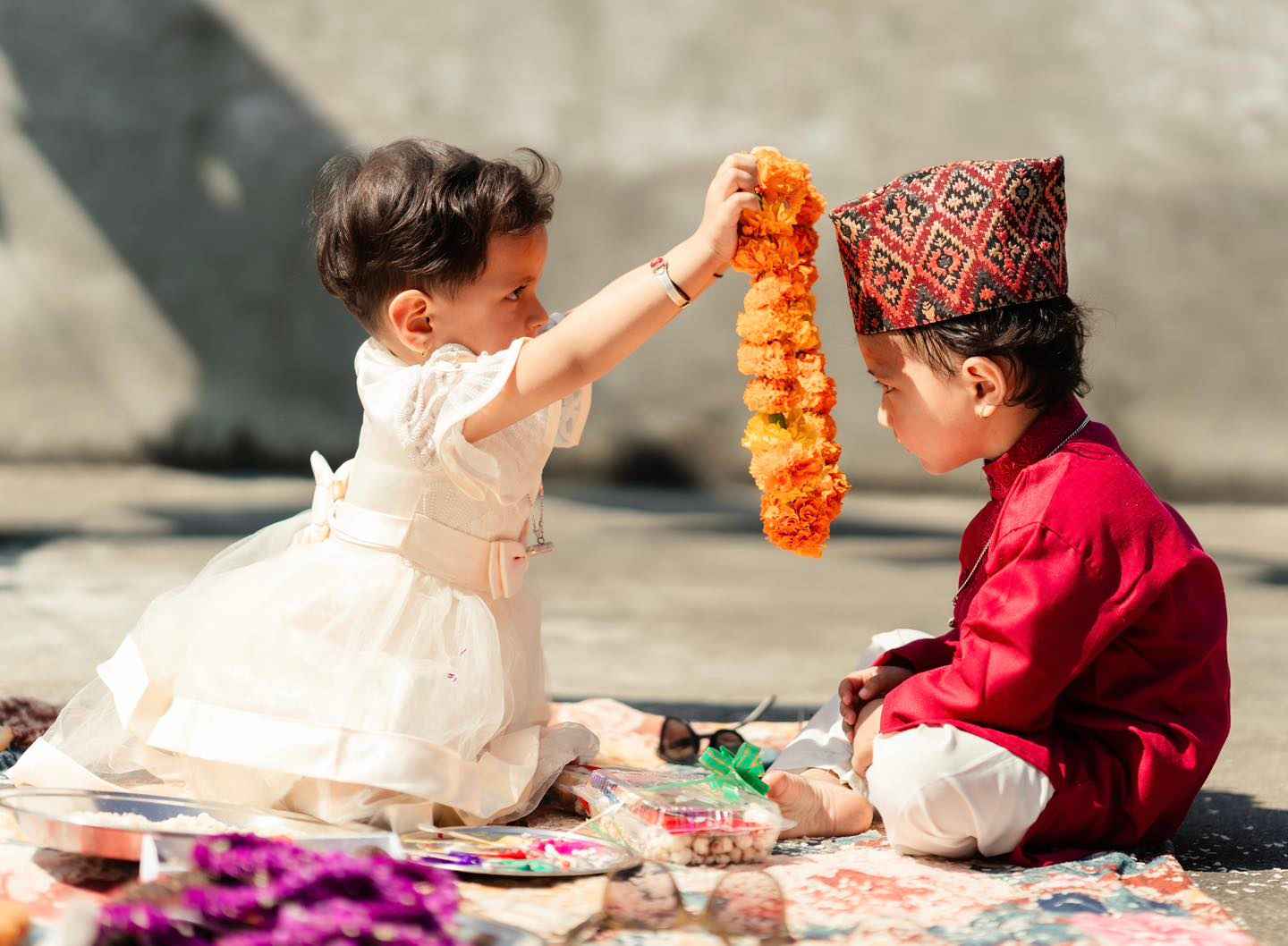

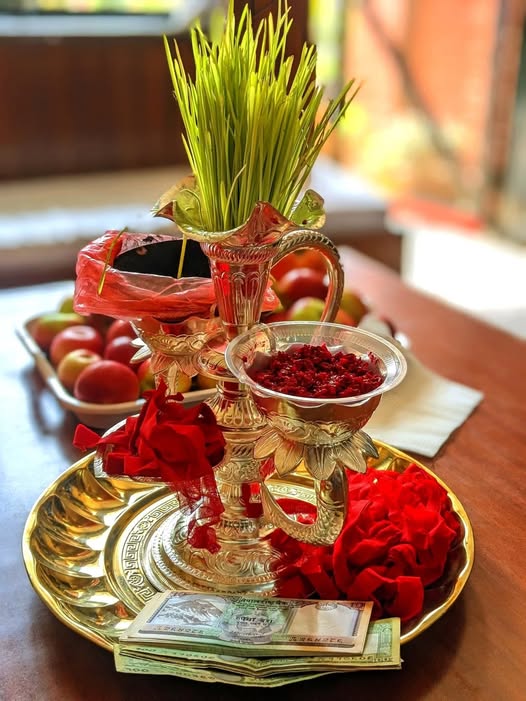

No comments yet.